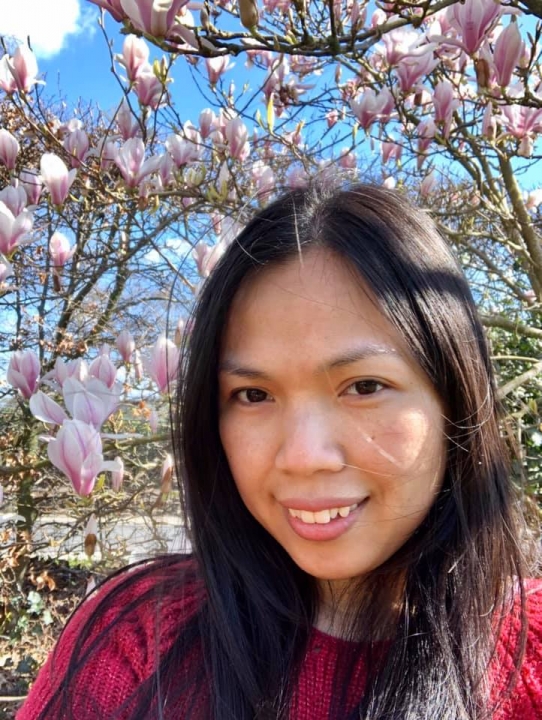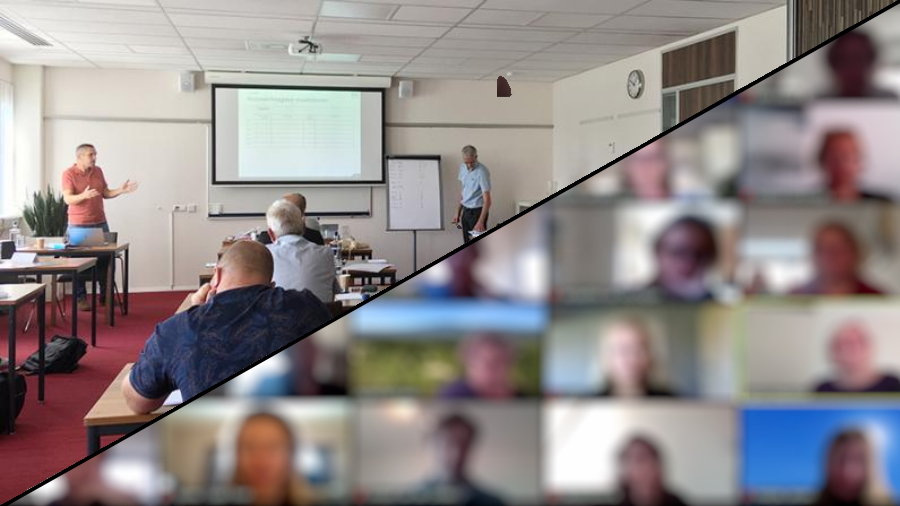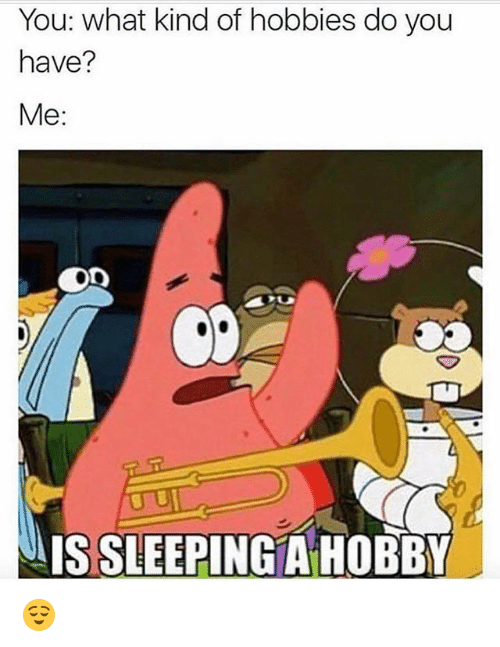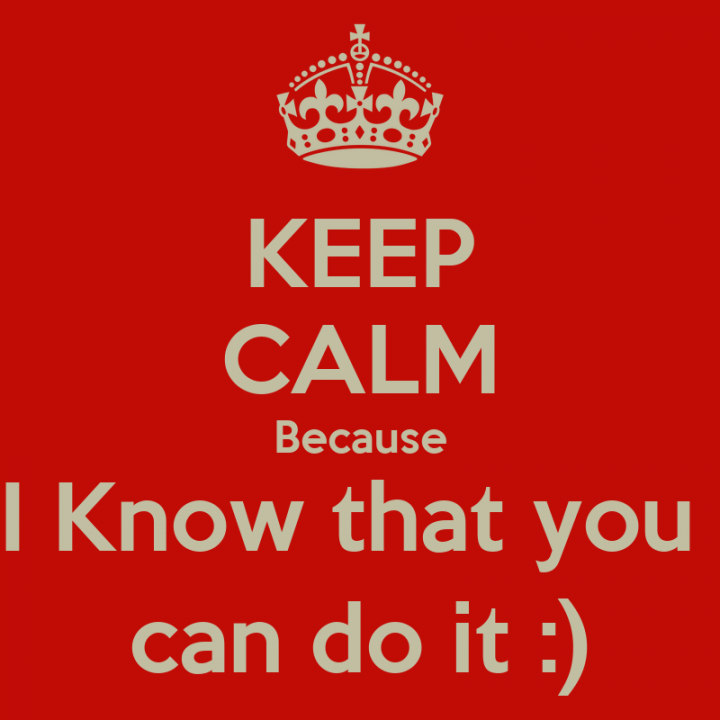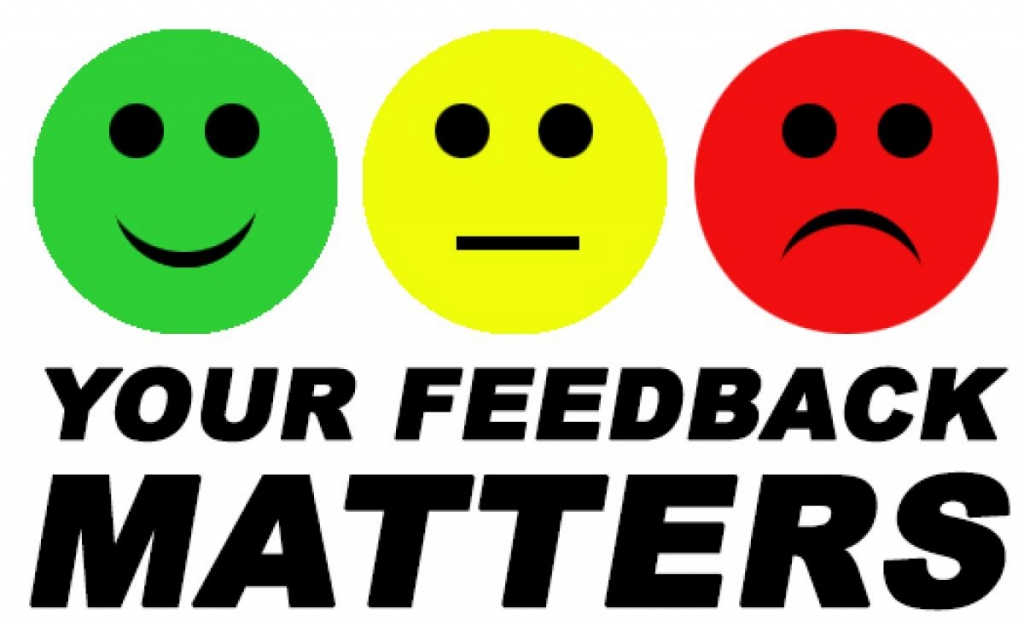Het arrangement Phuc Huynh | negative and question | Present Simple tense is gemaakt met Wikiwijs van Kennisnet. Wikiwijs is hét onderwijsplatform waar je leermiddelen zoekt, maakt en deelt.
- Auteur
- Laatst gewijzigd
- 06-01-2021 22:12:17
- Licentie
-
Dit lesmateriaal is gepubliceerd onder de Creative Commons Naamsvermelding 4.0 Internationale licentie. Dit houdt in dat je onder de voorwaarde van naamsvermelding vrij bent om:
- het werk te delen - te kopiëren, te verspreiden en door te geven via elk medium of bestandsformaat
- het werk te bewerken - te remixen, te veranderen en afgeleide werken te maken
- voor alle doeleinden, inclusief commerciële doeleinden.
Meer informatie over de CC Naamsvermelding 4.0 Internationale licentie.
Aanvullende informatie over dit lesmateriaal
Van dit lesmateriaal is de volgende aanvullende informatie beschikbaar:
- Toelichting
- Engels | vwo brugklas | Present SImple tense
- Eindgebruiker
- leerling/student
- Moeilijkheidsgraad
- gemiddeld
Bronnen
| Bron | Type |
|---|---|
|
Knowledge clip 1 https://youtu.be/KlWWngHA3bI |
Video |
|
Knowledge clip 2 in Dutch https://youtu.be/Uv8eKpEFp7M |
Video |
|
Click here for more practice if you have less than 4 correct sentences in exercise 2. http://agendaweb.org/exercises/verbs/do-does-exercises/negative-1.htm |
Link |
|
Knowledge clip 3 https://youtu.be/VzLo7HvFz0k |
Video |
|
Click here to give feedback on the lesson. https://docs.google.com/forms/d/e/1FAIpQLSdrThwzGu2sDfnu2VxkLg9sy-7l67ZzYBeujbghU4zYD0KYyA/viewform?usp=sf_link |
Link |
Gebruikte Wikiwijs Arrangementen
Huynh, Phuc. (2020).
Phuc Huynh - English - Present Simple tense
https://maken.wikiwijs.nl/167792/Phuc_Huynh___English____Present_Simple_tense

